Lesson 22
School Community Garden (optional)
Warm-up: Notice and Wonder: Garden (10 minutes)
Narrative
The purpose of this warm-up is to introduce the context of gardening, which will be useful when students plan a garden in a later activity. While students may notice and wonder many things about this image, the spacing of the plants is the important discussion point.
Launch
- Groups of 2
- Display the image.
- “What do you notice? What do you wonder?”
- 1 minute: quiet think time
Activity
- “Discuss your thinking with your partner.”
- 1 minute: partner discussion
- Share and record responses.
Student Facing
What do you notice? What do you wonder?

Student Response
For access, consult one of our IM Certified Partners.
Activity Synthesis
- “Many families, schools, or communities have gardens to grow their own fruits and vegetables.”
- “If we were to start a school garden, what are some things we would have to think about?” (What plants do we want to grow? How many? How would we arrange the plants? How much space would the garden take up? Do we have enough space? How many fruits and vegetables would we harvest?)
- “This photograph shows a strawberry patch at the beginning of the season. Plants need to be spaced out so they have enough room to grow.”
- “Today we’ll learn about some plants and think about the arrangements that help them grow the best and plan part of a community garden.”
Activity 1: Produce (15 minutes)
Narrative
The purpose of this activity is for students to use multiplication and division to solve problems about growing strawberries. They draw diagrams and write expressions or equations to represent each situation, and solve the problem. The given context encourages students to think of equal groups, arrays, or rectangular areas.
In previous lessons, students have been asked to write either an equation or expression. This activity gives them an opportunity to make a choice. Alternatively, teachers may opt to instruct students to write either an equation or expression.
Launch
- Groups of 2
- “Strawberries are grown in patches arranged in rows.”
- “In this activity, you’ll see how strawberries are arranged and how many fruits a strawberry plant will produce. In the next activity you will plan your own garden.”
Activity
- 2 minutes: independent work time
- 10 minutes: partner work time
- Monitor for students who:
- write multiplication or division expressions or equations
- are able to represent the same situation with both multiplication and division
Student Facing
For each situation, draw a diagram and write an equation or expression.
-
A strawberry patch has 7 rows with 8 strawberry plants in each row.
-
How many strawberry plants are in the patch?
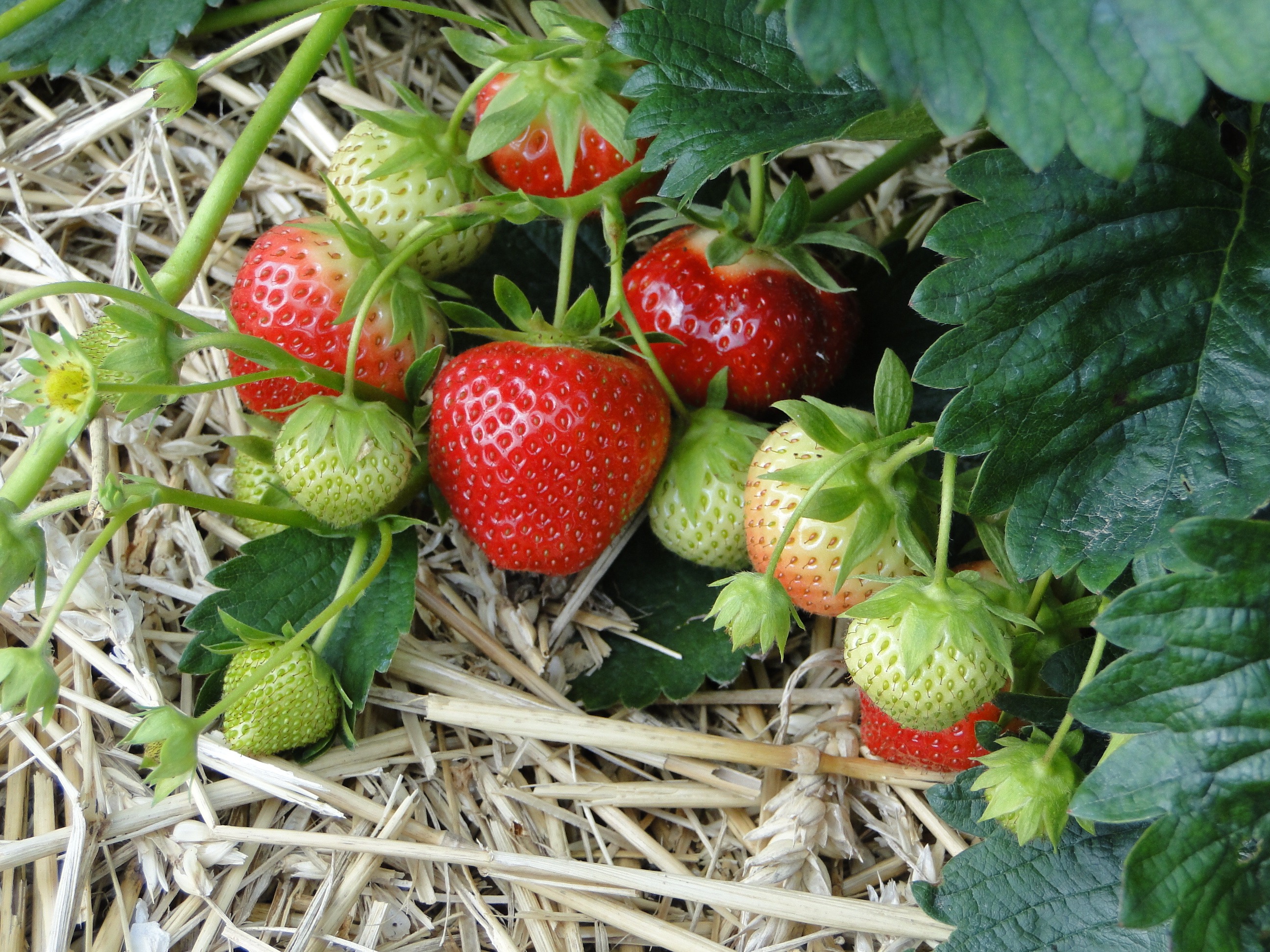
- To grow strawberries in the best way, the rows should be 4 feet apart. Each plant in the row should be 2 feet apart. How long and wide is the strawberry patch?
- You can harvest 12 strawberries per plant. How many strawberries will grow in each row?
-
- With your partner, take turns explaining where you see the numbers in the expression or equation you wrote in your diagram.
Student Response
For access, consult one of our IM Certified Partners.
Activity Synthesis
- Invite previously selected students to share.
- “How did the diagrams help you think about the problem?”
- “Where do you see the numbers from the equation in the diagram?”
Activity 2: Plan the Garden (25 minutes)
Narrative
The purpose of this activity is to use students’ experience with multiplication and division within 100 to plan a school garden. In this activity, students make choices about which produce to grow. The choices are guided by some constraints, such as a desired yield. Students draw diagrams to represent how the plants are arranged in the garden and how they bear fruit. If needed, students can be provided with images to see how the different plants grow.
Advances: Representing, Conversing
Supports accessibility for: Organization, Social-Emotional Functioning
Required Materials
Materials to Copy
- Centimeter Grid Paper - Standard
Launch
- Groups of 2 or 4
- “In this activity, you will plan part of the school garden.”
- Give students access to grid paper.
Activity
- “Work with your partner to complete the activity. Pay attention to the amounts of fruits or vegetables your garden should produce.”
- 15 minutes: partner work time
- As students are working, consider asking:
- “What choices did you make?”
- “What were your reasons?”
- “How many fruits and vegetables will you be able to harvest?”
- Monitor for students who:
- write expressions or equations
Student Facing
-
Read the information about some plants you could grow in a garden. Then, circle 2 plants to grow in your part of the school garden.
- strawberries
- cantaloupe
- zucchini
- tomatoes
- pinto beans
- potatoes
-
Plan your garden. Both of your plants should harvest between 50–100 fruits or vegetables.
- How many of each plant will you grow?
- Predict how many fruits or vegetables you will harvest. Show or explain your reasoning.
- Make a diagram that shows how the plants are arranged and how much space is needed.
Growing Requirements

- Grow in patches
- Space rows: 4 feet apart
- Space plants: 2 feet apart
- Each plant produces 12 strawberries.
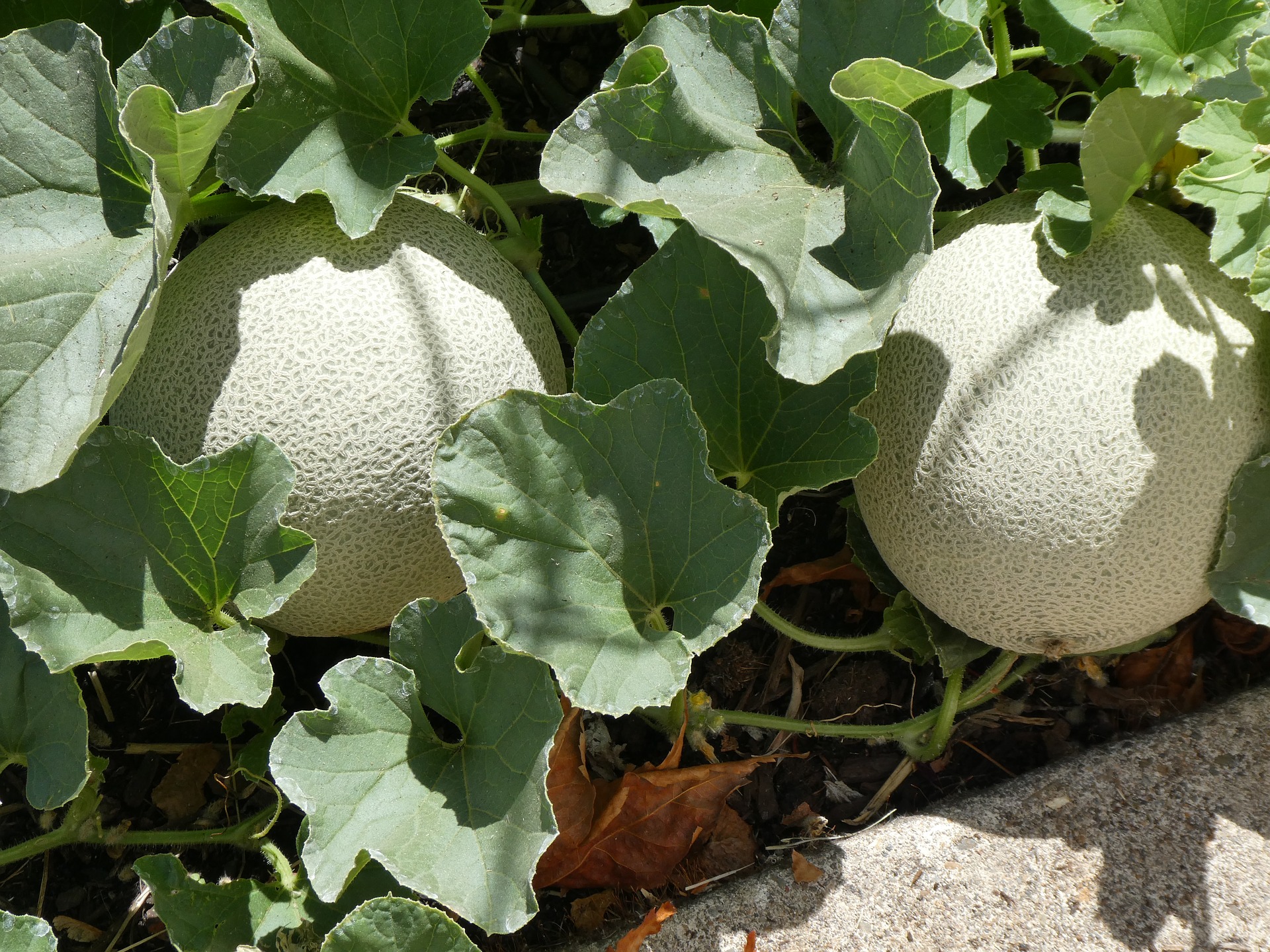
- Grow on vines
- Space rows: 4 feet apart
- Space plants: 1 foot apart
- Each plant produces about 8 cantaloupes.
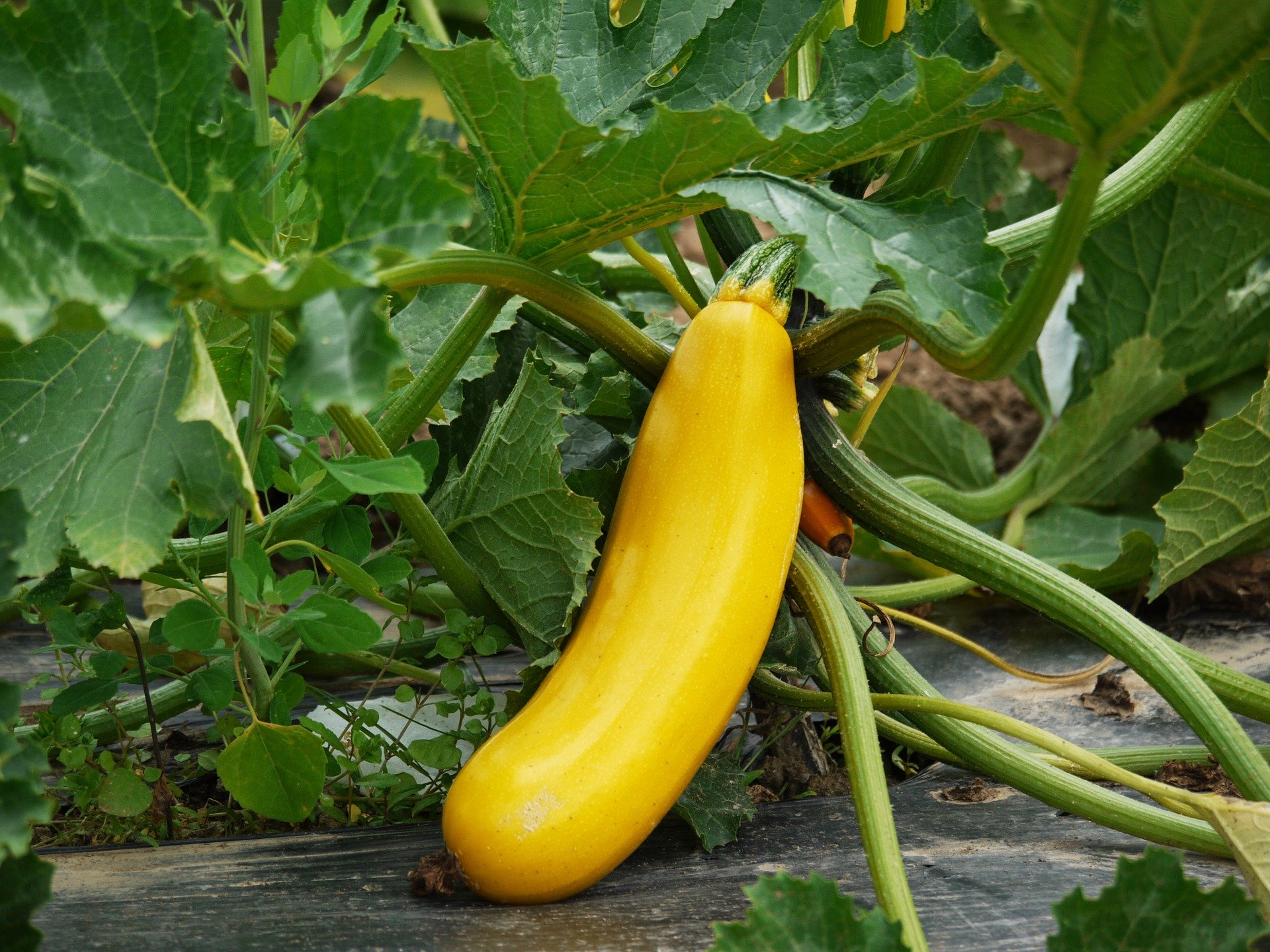
- Grow on vines
- Space rows: 5 feet apart
- Space plants: 1 foot apart
- Each plant produces about 8 zucchini.
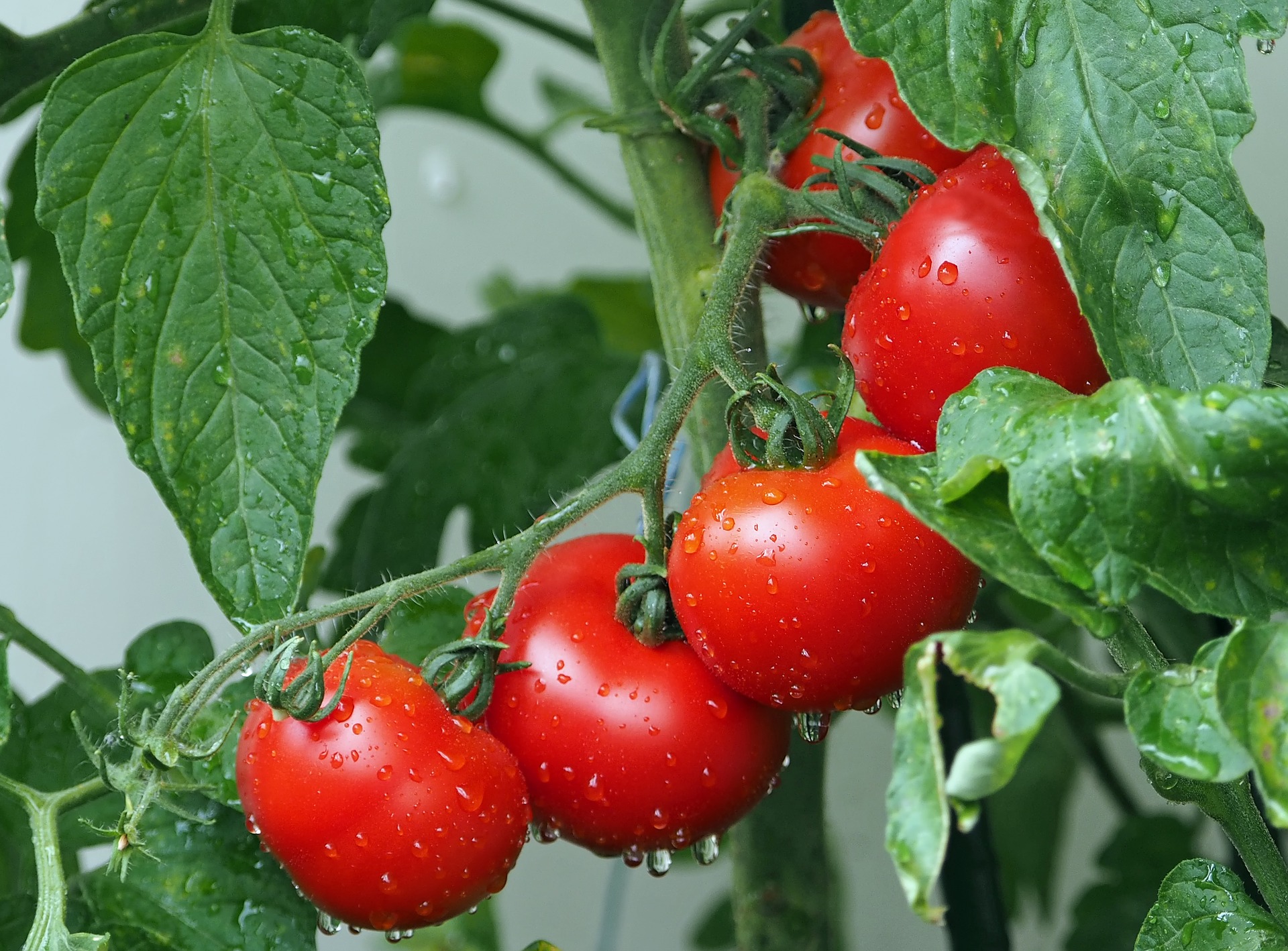
- Grow on vines
- Space rows: 4 feet apart
- Space plants: 2 feet apart
- Each plant produces about 20 tomatoes.

- Grow on bushes in pods
- Space rows: 2 feet apart
- Space plants: 1 foot apart
- Each plant produces 20–25 pods and each pod produces about 5 beans.
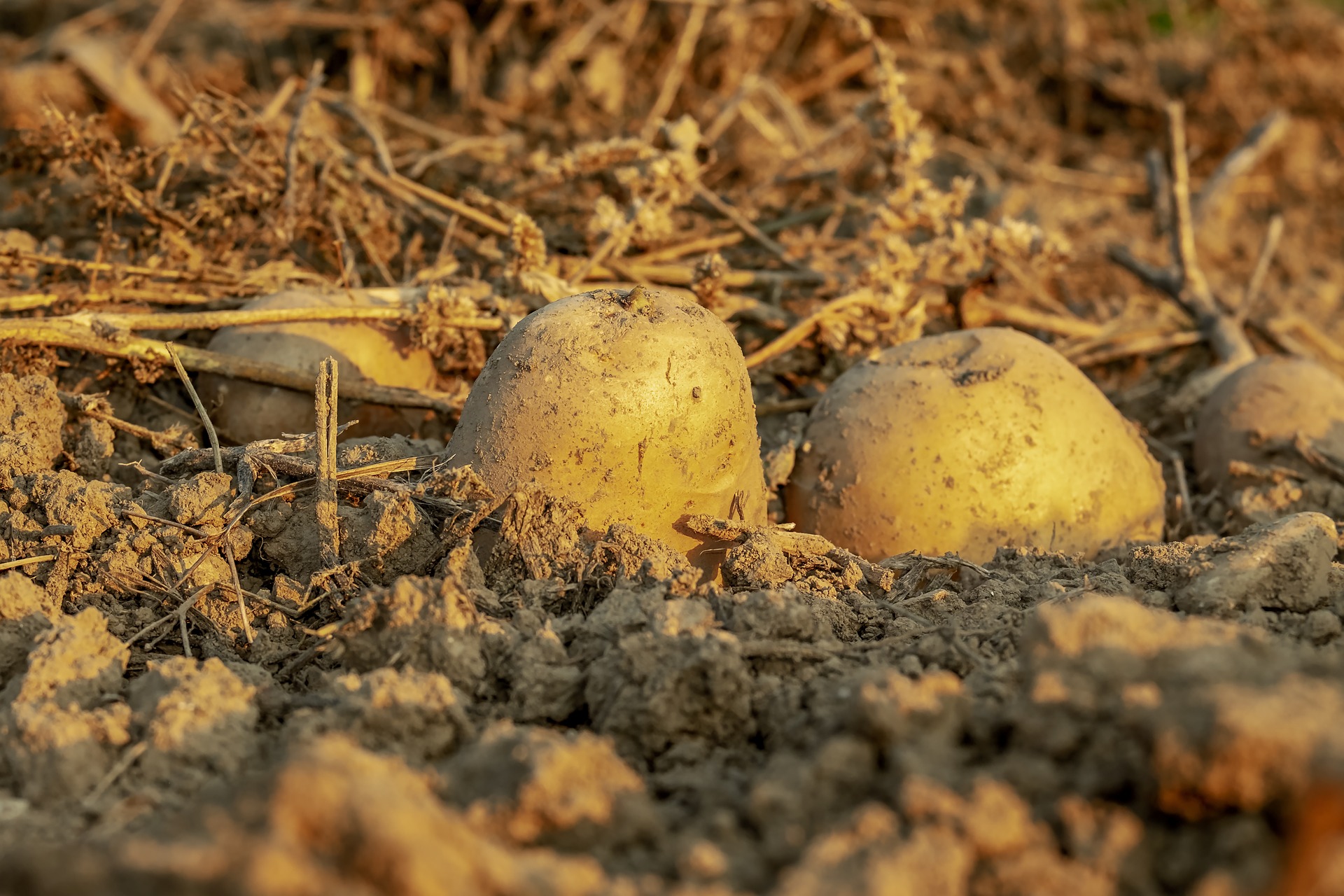
- Grow in rows
- Space rows: 2–3 feet apart
- Space plants: 1 foot apart
- Each plant produces 5–10 potatoes.
Student Response
For access, consult one of our IM Certified Partners.
Activity Synthesis
- Invite students to share their plans.
- “How did the growing information help you plan your garden?” (I was able to see how to arrange the rows and columns in my garden. The growing information told me how much fruit I will get.)
Lesson Synthesis
Lesson Synthesis
“Today, many of you used multiplication and division to arrange your plants and find out how much you could harvest from your garden.”
“Besides arrangements of plants and the harvest, what else should we consider to maintain a garden?” (How much water, sun, and soil each plant needs. What to do if a plant is unhealthy.)